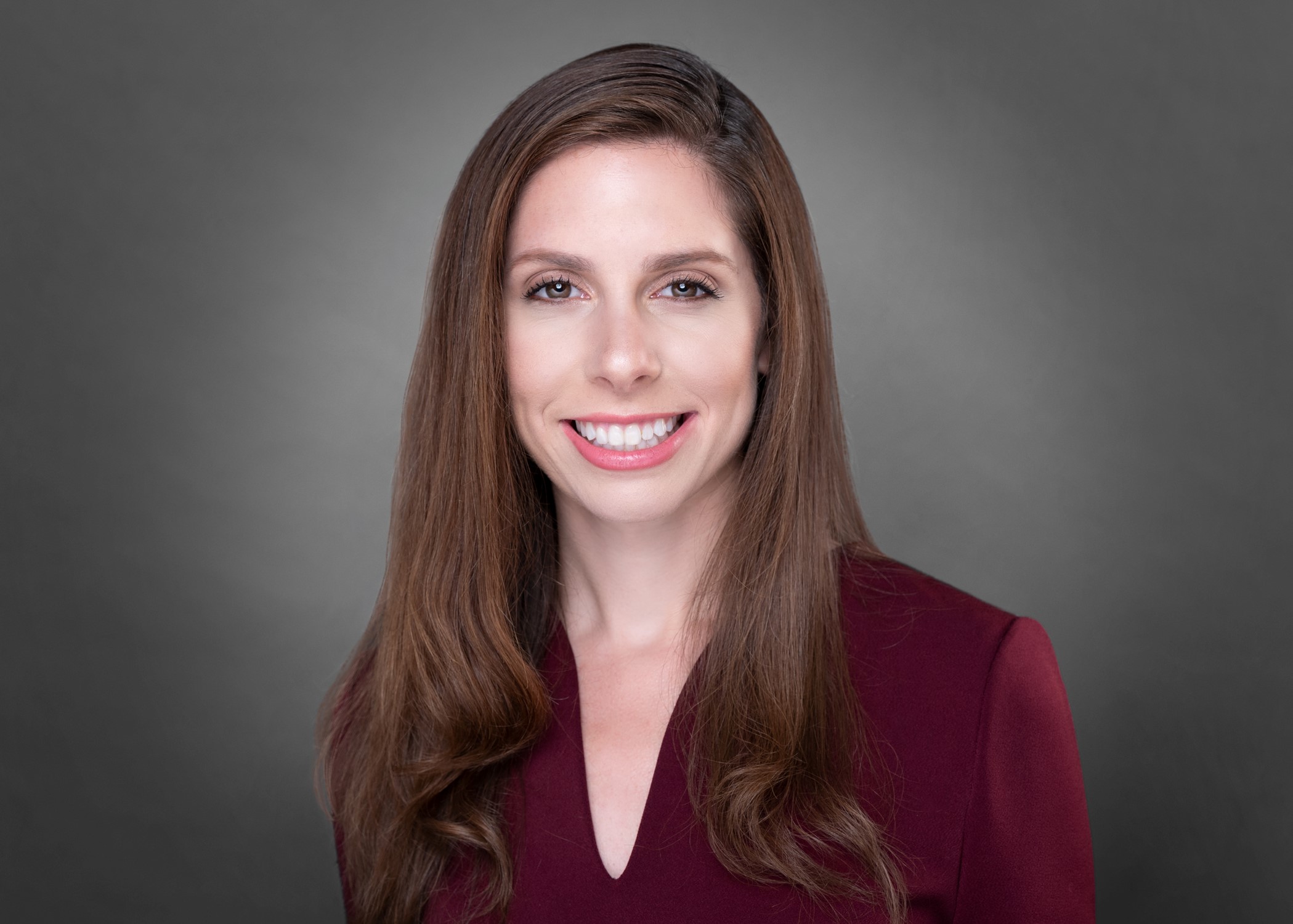What You Need to Know About The New York State Sick Leave Law
The New York State Sick Leave law (“NYSSL”) goes into effect today, September 30, 2020. While New York City and Westchester County already had similar laws in place, NYSSL contains more expansive requirements in some respects and will be an important change for New York employers outside these locations. Although employees are not entitled to use time accrued under the new law until January 1, 2021, they will begin accruing the leave now, so it is important that employers and employees learn their rights and responsibilities under the new law.
Sick Leave Accrual
Beginning September 30, 2020, employers must allow employees to accrue sick leave at a rate of at least one hour per 30 hours worked, although employers may elect to frontload all sick leave at the beginning of the year. Employers selecting the accrual method should be prepared to start tracking accrual and provide information about accrual upon requests from employees. Beginning January 1, 2021, employees may begin using sick leave as soon as it accrues.
How Many Hours of Leave Must Employers Provide?
• Employers with 100 employees or more must provide 56 hours of paid sick leave annually.
• Employers with five to 100 employees must provide 40 hours of paid sick leave annually.
• Employers with less than five employees must provide 40 hours of unpaid sick leave, unless the employer has a net income greater than one million dollars in the previous tax year, in which case the employer must provide 40 hours of paid sick leave.
• Employers can set a reasonable minimum increment for use, which cannot exceed four hours.
Qualifying Use of Paid Sick Leave
Employees are permitted to use paid sick leave for the employee’s or covered family member’s mental or physical illness or injury, and the diagnosis, care, treatment, or preventive care of such mental or physical illness or injury. Employees may also use leave for absences related to status or a covered family member’s status as a victim of domestic violence, family offense, sexual offense, stalking, or human trafficking.
Notable Provisions
Other notable provisions in NYSSL include a requirement that employees are permitted to carry over accrued, unused sick leave to the following year, although employers are permitted to cap use of the leave at 40 hours for employers with less than 100 employees and 56 hours for employers with 100 employees or more. Thus, the law essentially allows an employee to begin the year with an increased leave allotment without awaiting accrual, but does not require employers to provide additional leave beyond the minimum state requirements. NYSSL also states that employers are not required to pay employees for accrued unused leave upon termination.
The NYSSL also provides certain protections for employees, including that in seeking information related to an employee’s need for sick leave, employers cannot require an employee to reveal confidential medical information or information relating to absence from work due to domestic violence. Employers also may not take any adverse employment action against an employee for requesting or utilizing paid time off under the law.
Interaction With Other Laws
The New York City Paid Sick and Safe Leave Law and the Westchester County Earned Sick Leave Law remain in effect to the extent that those laws’ requirements are more expansive than the NYSSL. Employers located in these areas must follow whichever law is more protective of the employee under the circumstances. On September 28, 2020, New York City Mayor Bill de Blasio signed legislation which increases the New York City law’s protections to align with New York State’s, such as requiring employers with 100 or more employees to provide 56 hours of sick leave annually, and eliminating the waiting period for an employee’s use of sick leave.
Takeaways
Employers with paid time off policies providing leave allotments more generous than those required under NYSSL may not need to take action in light of the new law, though they should review their policies to ensure that in addition to the annual leave allotment, accrual rates and covered reasons for leave are in line with NYSSL. New York employers that did not previously have sick leave policies in place must begin tracking employee leave accrual and be prepared for employees to use their leave beginning January 1, 2021.
 This article is intended as a general discussion of these issues only and is not to be considered legal advice or relied upon. For more information, please contact RPJ Attorney Jill Kahn Marshall who counsels both companies and individuals on employment matters. Ms. Marshall is admitted to practice law in New York and Massachusetts. Attorney Advertising.
This article is intended as a general discussion of these issues only and is not to be considered legal advice or relied upon. For more information, please contact RPJ Attorney Jill Kahn Marshall who counsels both companies and individuals on employment matters. Ms. Marshall is admitted to practice law in New York and Massachusetts. Attorney Advertising.
Research contributed by Isabelle Kern.
